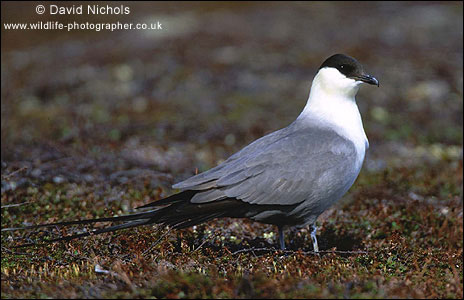|
|
recent trips... The Varanger Peninsula
After about 400 meters wooden steps scale upward allowing excellent views of a verity of nesting seabirds. From this vantage point I was able to capture spectacular images including Brunnich’s Guillemot and Shag. |
|
|
The Ruff were the highlight of the trip, I made excellent images of 22 plumage variations on 3 leks (male display ground). The largest lek had over 30 Ruff!!!!!. All the photos from this lek were taken from the car window with my 500IS on a beanbag. It was amazing; I could just drive the car up and down to within 7 meters of the birds - no problem. I tried working from a hide at 4.00am, no go, the birds would not even entertain it.
The life history of Ruff is really interesting with male birds on the lek divided into two different status groups 'independents' and 'satellites' the former being owners of territories and the later who are not territorial and behave opportunistically. Classification of males is closely correlated with plumage differences; 'independents' are dark with ear tufts while 'satellites' generally white and show subservient behaviour (Snow and Perrins).
|
|
|

I returned to England on June 10th with over 100 roles of film to process.
My assessment; overall this was a wonderful trip to a beautiful country. However, from a wildlife photography point of view ‘ its tough’. To get good shots you need to be patient and work hard to get close. You’ll defiantly need a car that can be used as a hide and a tent hide too. The extreme weather conditions necessitate ‘the right clothing’ fleeces, thermal underwear, gortex jackets etc; and strong waterproof boots with thick socks are a must. I used chest waders most days and on one occasion spent over 4 hours in sitting freezing water, my thermals kept me going! If you go to early its very, very cold and if you leave to late then you’ll get eaten alive my insects. The last two weeks in May to mid June seams to be about right. I photographed over 40 different species; here are two of the common ones.
|
| |
home | about me
| contact me | shot
of the month | gallery / shop | species
list | recent trips | links
| buy a picture | |